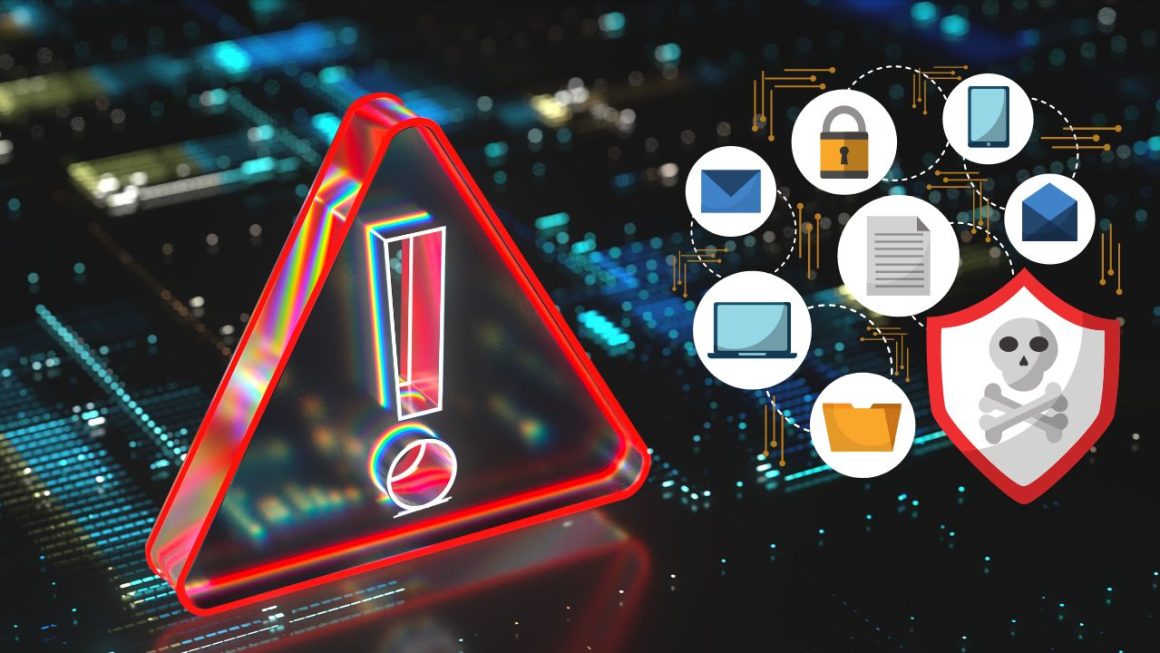In today’s digital age, where personal information is increasingly vulnerable to cyber threats, the demand for robust security measures has never been higher. Biometric security offers a promising solution by utilizing unique biological characteristics for
authentication purposes. However, as with any technology, there exists a delicate balance between convenience and privacy that must be carefully considered.
1. Introduction to Biometric Security
What is biometric security?
Biometric security involves the use of physical or behavioral characteristics to verify the identity of individuals. These characteristics, such as fingerprints, facial features, iris patterns, or voice tones, are unique to each person and therefore serve as reliable identifiers.
Importance of biometric security in today’s digital world.
With the proliferation of online transactions and the increasing sophistication of cyber threats, traditional password-based authentication methods are proving to be inadequate. Biometric security provides a more secure and convenient alternative, offering heightened protection against unauthorized access.
2. Types of Biometric Authentication
Biometric authentication encompasses various methods, each utilizing different physiological or behavioral traits for identity verification.
Fingerprint recognition
Fingerprint recognition is one of the most widely used forms of biometric authentication. It involves scanning an individual’s fingerprint and comparing it to a stored template for authentication purposes.
Facial recognition
Facial recognition technology analyzes facial features such as the size and shape of the eyes, nose, and mouth to authenticate an individual’s identity.
Iris scanning
Iris scanning relies on the unique patterns found in the iris of the eye to verify a person’s identity. This method offers a high level of accuracy and is often used in high-security environments.
Voice recognition
Voice recognition technology analyzes the unique characteristics of an individual’s voice, such as pitch, tone, and cadence, to authenticate their identity.
3. Advantages of Biometric Security
Biometric security offers several advantages over traditional authentication methods.
Enhanced security
Biometric traits are inherently unique to each individual, making them difficult to replicate or forge. This enhances the security of sensitive information and reduces the risk of unauthorized access.
Convenience
Unlike passwords or PINs, which can be forgotten or stolen, biometric traits are inherently tied to the individual and cannot be easily misplaced. This eliminates the need for users to remember complex passwords and simplifies the authentication process.
Reduction in fraud
By using biometric authentication methods, organizations can significantly reduce instances of identity theft and fraud. Biometric traits cannot be easily duplicated or stolen, making it more challenging for malicious actors to gain unauthorized access.
4. Concerns Regarding Biometric Security
Despite its numerous benefits, biometric security also raises significant concerns, particularly regarding privacy and data protection.
Privacy issues
Biometric data, such as fingerprints or facial features, is highly sensitive and can be used to identify individuals. There is a risk that this data could be misused or exploited for surveillance purposes, raising concerns about privacy infringement.
Data breaches
Like any form of digital data, biometric information is susceptible to hacking and data breaches. If biometric databases are compromised, it could have severe consequences for individuals whose biometric data has been compromised.
Potential misuse of biometric data
There is a risk that biometric data could be misused or abused by governments or other entities for surveillance or control purposes. This raises ethical concerns about the use of biometric technology in society.
5. Balancing Convenience and Privacy
Finding the right balance between convenience and privacy is essential for the successful implementation of biometric security measures.
Importance of finding a balance
While biometric security offers undeniable benefits in terms of convenience and security, it is essential to ensure that individuals’ privacy rights are adequately protected. Striking the right balance between these competing interests is crucial to building public trust in biometric technology.
Strategies for maintaining privacy while ensuring convenience
Implementing robust data protection measures, such as encryption and access controls, can help mitigate the risk of unauthorized access to biometric data. Additionally, organizations should be transparent about how biometric data is collected, stored, and used, and obtain explicit consent from individuals before collecting their biometric information.
6. Implementation of Biometric Security
Biometric security measures are being increasingly adopted across various sectors, including banking, healthcare, and government.
Various sectors adopting biometric security measures
Banks and financial institutions are implementing biometric authentication methods to enhance the security of online banking and payment transactions. In the healthcare sector, biometric technology is being used to secure access to electronic medical records and prevent unauthorized access to sensitive patient information.
Challenges in implementation
Despite its growing popularity, the implementation of biometric security measures is not without challenges. Technical limitations, interoperability issues, and concerns about data privacy and security pose significant hurdles to widespread adoption.
7. Future Trends in Biometric Security
The field of biometric security is continually evolving, with ongoing research and development aimed at improving authentication methods and addressing existing challenges.
Advancements in technology
Advancements in biometric technology, such as the development of more accurate and reliable authentication algorithms, are expected to enhance the effectiveness of biometric security measures.
Potential developments in biometric authentication methods
Emerging biometric authentication methods, such as behavioral biometrics and DNA-based identification, hold the potential to further improve security and convenience in the future.
8. Conclusion
Biometric security offers a powerful solution for enhancing security and convenience in today’s digital world. By leveraging unique biological characteristics for authentication purposes, biometric technology provides a robust defense against cyber threats while simplifying the authentication process for users. However, it is essential to address concerns regarding privacy and data protection to ensure the responsible and ethical use of biometric technology.
FAQs (Frequently Asked Questions)
Is biometric security completely foolproof?
Biometric security offers a high level of accuracy and reliability, but it is not entirely foolproof. Like any technology, it has its limitations and vulnerabilities.
What happens if my biometric data is compromised?
If your biometric data is compromised, it could potentially be used for unauthorized access to sensitive information. It is crucial to report any suspected breaches to the relevant authorities promptly.
Can biometric data be used for purposes other than authentication?
Biometric data has the potential to be misused for surveillance or tracking purposes. It is essential to enact strict regulations to prevent unauthorized access to and misuse of biometric information.
Are there any ethical concerns associated with biometric security?
Yes, there are ethical concerns regarding the collection, storage, and use of biometric data, particularly regarding privacy infringement and the potential for discrimination.
How can I ensure the security of my biometric data?
To ensure the security of your biometric data, it is essential to choose reputable service providers that adhere to strict data protection standards. Additionally, regularly updating your authentication credentials and being vigilant about potential security threats can help mitigate the risk of unauthorized access.



